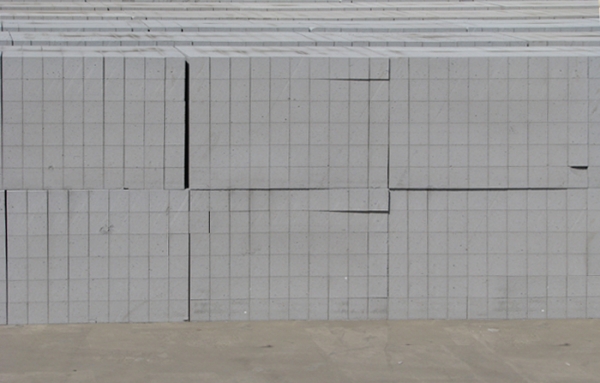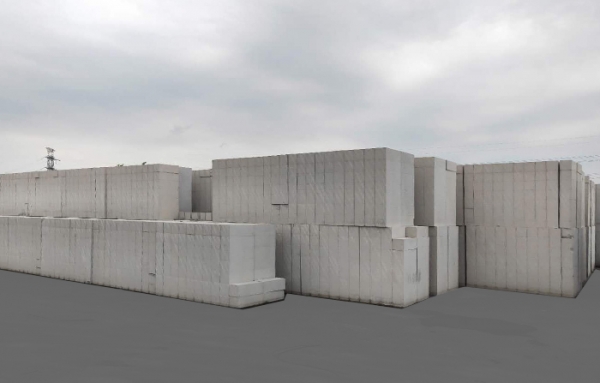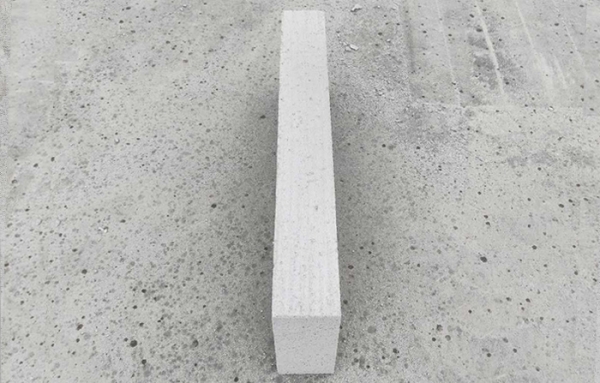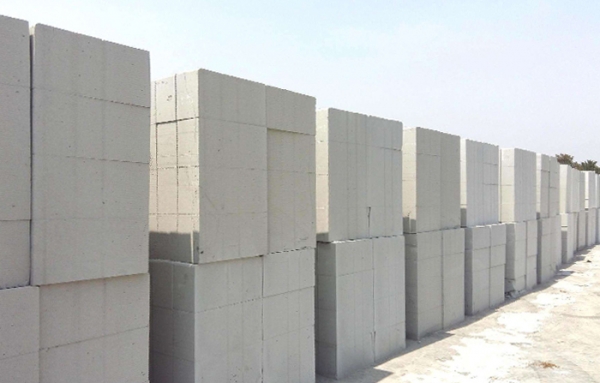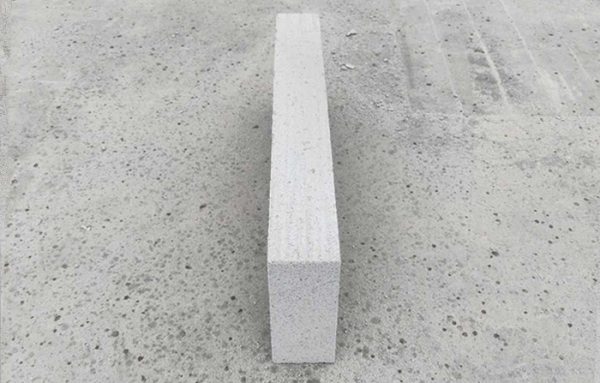sand Aerated concrete block (often referred to as sand aeration), it is mainly a lightweight porous silicate product made from siliceous materials (sand or quartz tailings) and calcareous materials (lime, cement) as the main raw materials, mixed with air entraining agent (aluminum powder), through the process of batching, mixing, pouring, pre curing, cutting, autoclaving and curing.
Ash aerated concrete block (often referred to as ash aeration), it is a new type of wall material, which is mainly composed of fly ash, lime, cement and a proper amount of regulator, added with gas generating materials, mixed by ingredients, poured for gas generation, cut by static stop, and autoclaved for curing. Its production process is basically the same as that of sand aeration.

The main differences between sand gas injection and ash gas injection are as follows:
① Raw material difference. The main raw materials for sand aeration include ground sand (or tailings containing quartz), while the main raw materials for ash aeration include fly ash and no sand.
② Appearance and color difference. The color of sand aeration is mostly gray white, or white is slightly yellow; And the color of the gray aerated is mostly navy blue, or the gray is slightly blue black.
③ Appearance precision difference. Sand aeration is more flat in appearance and higher in dimensional accuracy than that of ash aeration.
④ In general, the compressive strength of sand aerated concrete block is higher than that of ash aerated concrete block under the same dry density unit weight condition; Under the same compressive strength, the pore structure of sand aeration is more complete and uniform than that of ash aeration, and the thermal insulation performance will be better.
The content of this article comes from the network. If you have any questions, please contact us!



